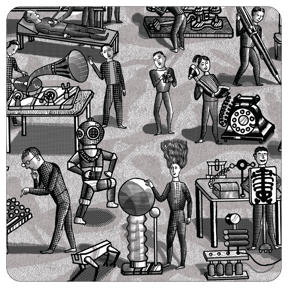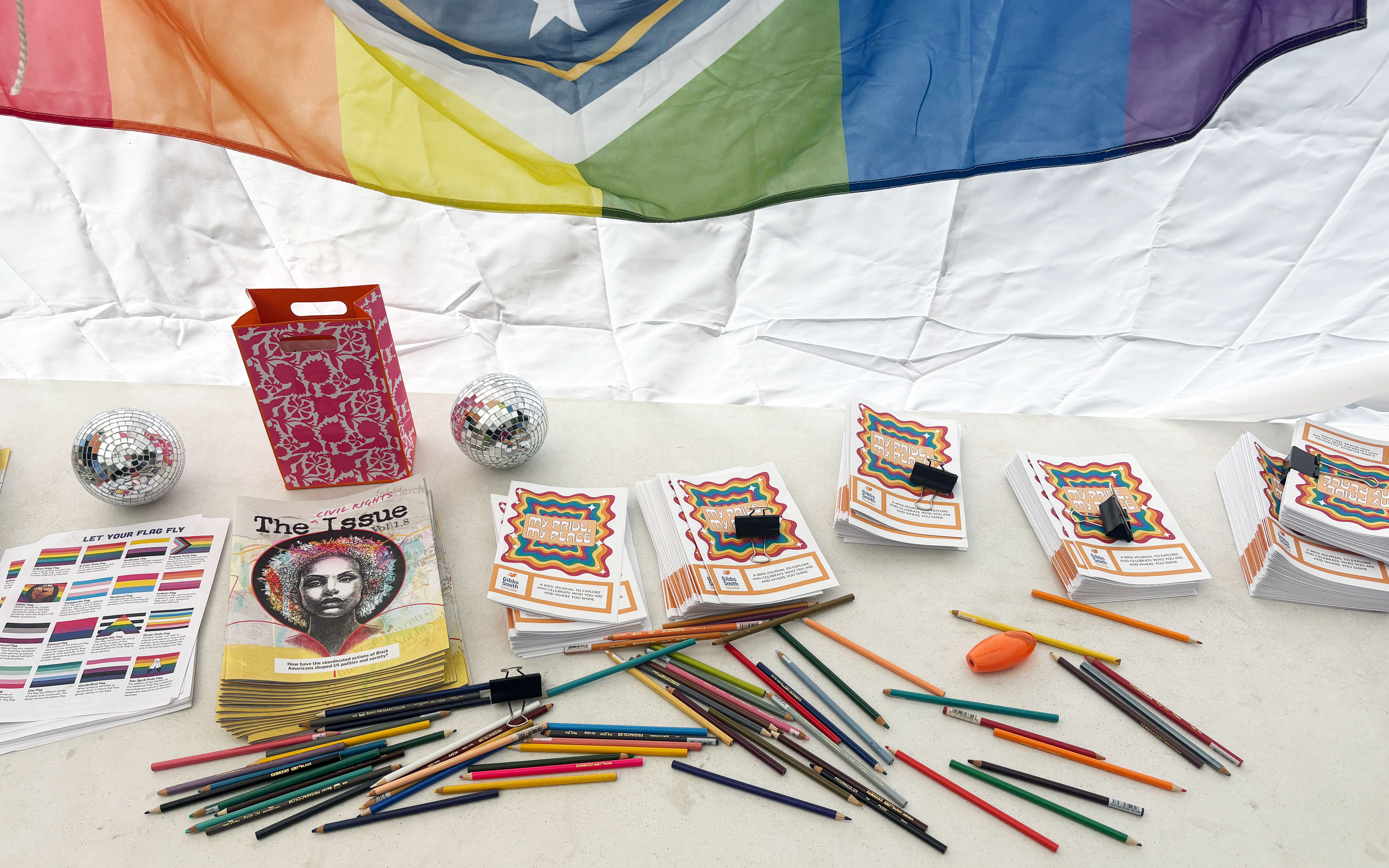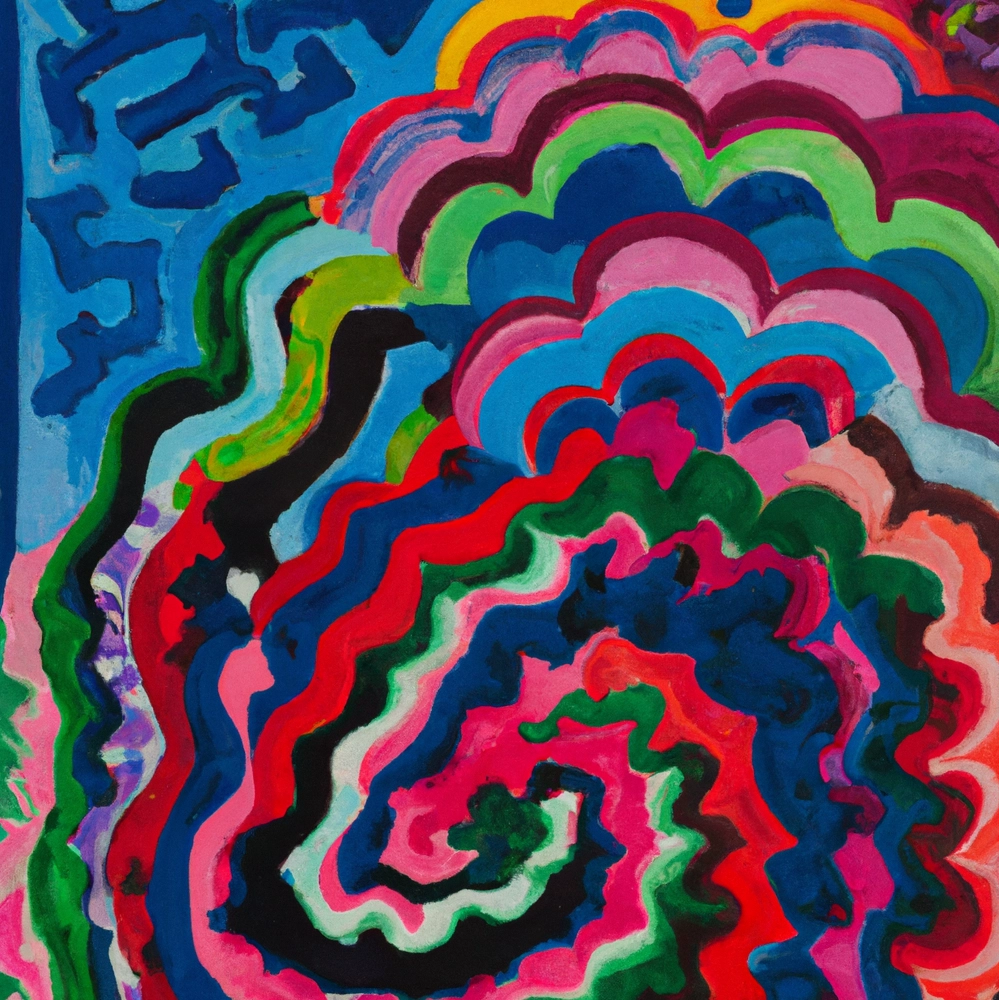PRIDE

This article is excerpted from The Civil Rights Issue, Vol. 2.7. As a mission-driven education publisher, we seek to amplify the voices of all people regardless of race, religion, or orientation.
The word "pride" can take on many different connotations depending on how it is used. If you ask Jane Austen and consult her popular novel Pride and Prejudice, it fits the meaning of an irrational, excessive sense of one’s personal value. In other words, it means someone thinking they are better than others. In Austen’s novel, the character accused of being too prideful faces prejudice from other people. But pride can also have a positive meaning; you can feel pride for someone you care about when you see them accomplishing their goals, and you can have pride in yourself for who you are and the things you accomplish. In the LGBTQIA+ community, “pride” is a celebratory word. It is being proud to be a part of a community of like people. It means respecting oneself for who they are, and fighting for respect and rights. Even with a positive meaning of pride, members of the LGBTQIA+ community still face prejudice because of it. So, let’s take a look at pride on its own, in relation to the LGBTQIA+ community, and discover what it means in more detail without the prejudice tacked on to it.
Coming Out of the Closet
President Bill Clinton formally declared the month of June as Gay and Lesbian Pride Month in 2000. In 2011, President Barack Obama expanded it to Gay, Lesbian, Bisexual, and Transgender Pride Month. Celebrations during this month include parades, parties, picnics, concerts, seminars, memorials, and more. These events recognize the strides that the LGBTQIA+ community has made in regard to their rights, and they continue to bring awareness to the fight for equality and justice. For people who are said to live their lives “in the closet” until they come out, these celebrations allow them to embrace their identity in the company of people who they can relate to, and people who support them.
 Everyone Loves a Parade
Everyone Loves a Parade
In 1970, on the first anniversary of the Stonewall Riots, activists organized what was called the Christopher Street Liberation March to celebrate fighting back for rights. Those involved marched 50 blocks through Manhattan, New York, to show their support. This became the first ever Pride parade. The number of participants was in the small thousands. In the following years, the event continued to grow and gain more support. It spread to cities all over the nation participating by holding their own Pride parades. By 1980, parades were being held in cities around the world. In more recent years, the New York Pride parade alone has drawn more than two million participants.
Throughout the years, Pride parades have experienced different moods and atmospheres. They have been celebratory and honoring of the Stonewall Riots, they have been fun and joyous, and they have been a passionate call and a fight for rights. In times like during the 1980s with the AIDS crisis, these parades, along with additional marches and protests, were a necessity for the civil rights of LGBTQIA+ people. Because of the lack of action and acknowledgment from the government surrounding the global epidemic, the LGBTQIA+ community raised awareness in a way they knew how. They used the pride they had for their community to force the government to act and create change. Pride parades continue to be a march of recognition today. They are a way for members of the LGBTQIA+ community to show the world who they are, and to show that they have pride in their community.
Let Your Flag Fly
One thing you can count on in society is the use of symbols. Just like the United States has the American flag to symbolize freedom and liberty, the LGBTQIA+ community has flags to represent diversity, among other things. But the bright, rainbow flag associated with Pride today wasn’t the first symbol to be used. During World War II, Nazis used an inverted pink triangle to identify gay people in concentration camps. Patches were sewn into their shirts to further shame them. An estimate of 5,000 to 15,000 gay men were placed in concentration camps and treated harshly by both guards and other prisoners. Thousands more were arrested in the Nazi effort to “cleanse” Germany. The gay rights movement started to surface in Germany in the 1970s. It was then that the inverted pink triangle was reclaimed by the gay community for empowerment. It was turned into a symbol of unity and liberation, instead of shame and separation. The pink triangle continues to be a powerful emblem for the LGBTQIA+ community today.
 The rainbow flag symbol of Pride came to be in 1978. It was designed by Gilbert Baker and has become well-known throughout the world. Although the overall meaning is that of Pride, each color has its own special meaning as well. For the original flag, hot pink stands for sex, red stands for life, orange stands for healing, yellow stands for sunlight, green stands for nature, turquoise stands for art, indigo stands for harmony, and violet stands for spirit. To be able to mass-produce the flag so more people could show their support, the hot pink and turquoise stripes were removed, and the indigo stripe was replaced with blue. But, these color changes did not take away from the meaning of diversity and unity for the LGBTQIA+ community. Pride flags are proudly flown all around the world today.
The rainbow flag symbol of Pride came to be in 1978. It was designed by Gilbert Baker and has become well-known throughout the world. Although the overall meaning is that of Pride, each color has its own special meaning as well. For the original flag, hot pink stands for sex, red stands for life, orange stands for healing, yellow stands for sunlight, green stands for nature, turquoise stands for art, indigo stands for harmony, and violet stands for spirit. To be able to mass-produce the flag so more people could show their support, the hot pink and turquoise stripes were removed, and the indigo stripe was replaced with blue. But, these color changes did not take away from the meaning of diversity and unity for the LGBTQIA+ community. Pride flags are proudly flown all around the world today.
The Full Spectrum of Pride
Just like individual states in the United States have their own flags in addition to the US flag, the LGBTQIA+ community has additional flags to represent different identities and sexual orientations. Among these are flags for bisexual, pansexual, polysexual, asexual, demisexual, lesbian, intersex, transgender, genderfluid, and many more. Several of these flags have stuck to using stripes in them, opting to change the number and colors of stripes to more closely represent the pride of individual identities and orientations.
The LGBTQIA+ community has evolved in the name itself. First, the term “gay” was used in reference to the full spectrum of sexual and gender minorities. It wasn’t until the 1990s, when movements started to include bisexual, transgender, and queer, that the LGBT initialism came to be. As the community has expanded, more letters have been added, and a plus sign has been added to cover all other identities and sexual orientations not represented by a specific letter. Thus, we have LGBTQIA+. The way the name has changed throughout the years is another example of how the community has shown its pride in being inclusive and unified.
 What Does Pride Look Like for You?
What Does Pride Look Like for You?
Though there is still work to be done regarding the rights of the LGBTQIA+ community, there is reason to celebrate the progress that has been made throughout history. Pride Month, Pride parades, and the Pride flag are all reminders of the struggles the community has overcome. They are symbolic of the respect they have strived for, and they bring awareness to the uniqueness of human beings and the different perspectives that make each individual who they are. Pride is a chance for people to recognize the past and advocate for changes in the future. What Pride looks like and includes has changed throughout history, but the overall message has remained the same: equality.
Subscribe to our newsletter to download a free Pride flag worksheet.
 The Civil Rights Issue Vol. 2.7
The Civil Rights Issue Vol. 2.7
One of the many movements that emerged during the Civil Rights era was the gay rights movement. In this issue, students will look at L.G.B.T.Q.I.A.+ rights over time and examine the contributions of activists, policymakers, and cultural icons in shaping the way we approach L.G.B.T.Q.I.A.+ issues today.



